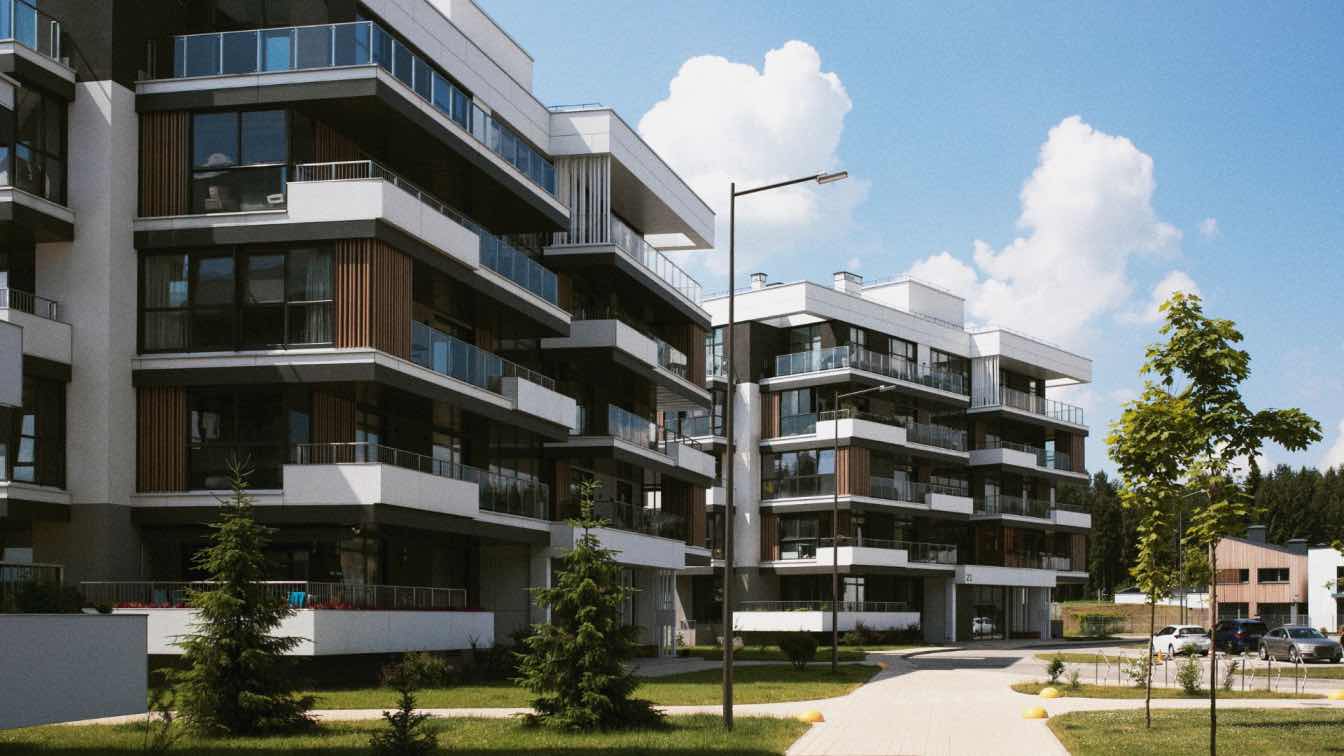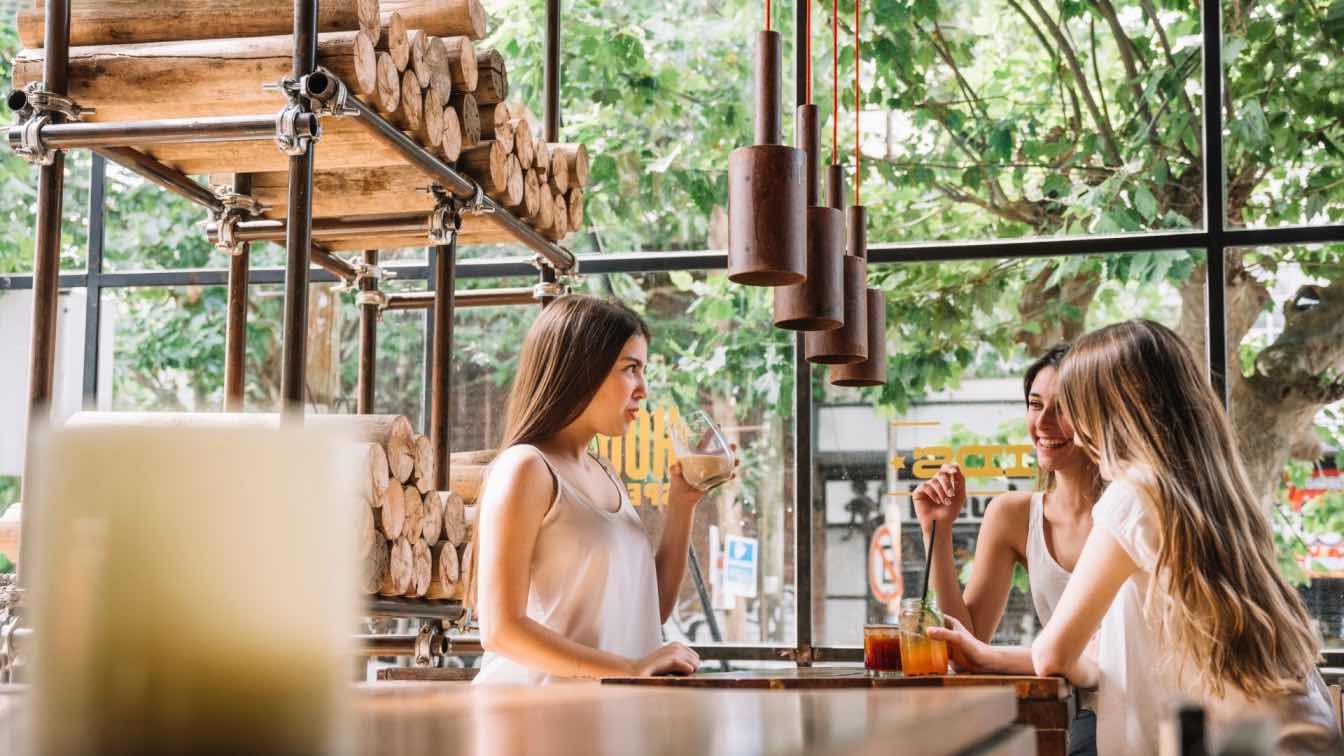Designing a successful coffee shop in 2024 requires a blend of creativity, strategy, and an understanding of current trends and consumer preferences. As the coffee culture evolves, so do the expectations of customers. A successful coffee shop goes beyond serving quality coffee; it offers an inviting atmosphere, a unique experience, and a strong connection to the community. In this article, we’ll explore key elements to consider when designing a coffee shop that not only attracts customers but also fosters loyalty and a sense of belonging.
Understanding Your Target Audience
The foundation of a successful coffee shop design begins with a clear understanding of your target audience. Different demographics have distinct preferences when it comes to ambience, offerings, and service. Are you catering to busy professionals looking for a quick caffeine boost, students seeking a comfortable study space, or families wanting a cozy spot for quality time? Conducting market research, including surveys and focus groups, can provide valuable insights into the needs and desires of your potential customers. Analyze demographic data, local trends, and competitive analysis to paint a clear picture of your audience.
Once you have a clear understanding of your target demographic, tailor your design choices accordingly. For instance, a coffee shop aimed at students may benefit from ample charging stations, communal seating, and a relaxed vibe, while a shop targeting busy professionals might prioritise a quick-service layout with minimal seating and a focus on grab-and-go options. This foundational knowledge will guide decisions around everything from layout and decor to menu offerings and marketing strategies, ensuring that your coffee shop resonates with the people you aim to serve.
Crafting a Unique Brand Identity
In an oversaturated market, a strong brand identity is essential for differentiation. Your coffee shop’s brand should encapsulate your values, mission, and personality, making a lasting impression on customers. Start by defining what sets your coffee shop apart: Are you focused on ethically sourced beans, innovative brewing techniques, or perhaps a unique atmosphere? This core identity should be reflected in your logo, signage, menu design, and even staff uniforms. Using an AI logo maker, you can create a professional and distinctive logo that aligns with your brand, helping you stand out in a competitive market.
Moreover, storytelling plays a critical role in brand identity. Share your journey, your passion for coffee, and your commitment to sustainability or local sourcing. Use social media and in-store materials to tell this story, creating a narrative that resonates with your audience. For example, if you prioritize sustainability, highlight your eco-friendly practices and the origins of your beans. This approach not only builds a connection with customers but also enhances brand loyalty. A compelling brand identity will attract customers who share your values, creating a community around your coffee shop.
A Quality Grinder
Grinding your coffee beans right before brewing ensures the freshest flavor. A good grinder allows you to control the grind size, which affects how your coffee tastes. For home baristas, a burr grinder is the best choice because it grinds the beans evenly, leading to better extraction during brewing. You can’t go wrong with a Mahlkonig X54 or any Fiorenato grinder for that matter which are top choices for precision and consistency.
Designing an Inviting Atmosphere
The atmosphere of your coffee shop is paramount to creating a welcoming space where customers feel comfortable. When designing your shop, consider elements such as color, layout, lighting, and acoustics. A warm color palette featuring earthy tones can create a cozy and inviting environment, while pops of brighter colors can energise the space.
The layout should facilitate smooth flow and comfort. Provide a variety of seating options, including cozy nooks for individuals, communal tables for groups, and comfortable sofas for those looking to relax. Clear pathways for ordering and pickup are essential to minimize congestion, especially during peak hours.
Lighting can dramatically affect the mood of your coffee shop. Natural light is highly desirable, so incorporate large windows to let the sunlight in. For evening ambiance, use adjustable lighting to create a warm, intimate atmosphere. Additionally, consider the acoustics; soft background music and sound-absorbing materials can help minimize noise levels, ensuring a pleasant experience for customers.
Emphasizing Sustainability
In 2024, sustainability is not just a trend; it’s a responsibility that consumers expect from businesses. Incorporating sustainable practices into your coffee shop design can significantly enhance your appeal. Start by using eco-friendly materials for furniture and decor. Reclaimed wood, recycled metals, and biodegradable packaging can effectively communicate your commitment to the environment.
Energy efficiency should also be a priority. Invest in energy-efficient appliances and lighting to reduce your carbon footprint. If feasible, consider installing solar panels or incorporating green roofs. Additionally, implement waste reduction strategies, such as composting coffee grounds and offering discounts for customers who bring their own reusable cups.
By prioritizing sustainability, you not only attract environmentally conscious customers but also set your coffee shop apart in a crowded market. This commitment to eco-friendly practices can create a positive brand image and contribute to long-term success.
Offering a Diverse Menu
While coffee is the star of the show, a successful coffee shop should offer a diverse menu that caters to a variety of tastes and dietary preferences. Consider including specialty coffees made with unique brewing methods, single-origin beans, and seasonal flavors. Offering tasting flights can encourage customers to explore different options and enhance their coffee experience.
Additionally, be mindful of non-coffee drinkers by providing a range of teas, smoothies, and non-dairy milk alternatives. Consider adding a selection of light bites, pastries, and meal options that cater to different dietary needs, such as gluten-free or vegan choices. Sourcing ingredients from local suppliers can not only enhance the freshness of your offerings but also reinforce your commitment to the community.
A well-thought-out menu that evolves with seasonal trends and customer feedback can keep your offerings fresh and exciting, encouraging repeat visits and word-of-mouth referrals.
Incorporating Technology
Embracing technology is essential for modern coffee shops. In 2024, customers expect seamless interactions and convenience. Implementing a mobile ordering system can streamline the ordering process, allowing customers to place their orders ahead of time and skip the line. This feature is particularly appealing to busy individuals and can significantly enhance customer satisfaction.
Additionally, consider developing a digital loyalty program that rewards customers for repeat visits. This can encourage customer retention and foster a sense of community around your brand. Use data collected through these platforms to personalize offers and promotions, further enhancing the customer experience.
Providing free Wi-Fi and charging stations is also a great way to attract remote workers and students. Creating a space where people feel comfortable working or studying can contribute to longer visits and increased sales.
Engaging the Community
A successful coffee shop often serves as a community hub. Engaging with your local community can help build a loyal customer base and establish your shop as a go-to destination. Consider hosting events such as open mic nights, art shows, or community meetings to draw in crowds and foster a sense of belonging.
Collaborating with local businesses can also strengthen community ties. Partner with local artists, bakers, or farmers to create unique offerings that highlight local talent and resources. Selling locally sourced products not only supports your community but also appeals to customers who prioritize local engagement.
Leverage social media to engage with your audience, share updates about events, and showcase customer experiences. This not only helps to build a loyal online community but also encourages customers to share their experiences, further amplifying your reach.
Training Your Staff
Your staff is the face of your coffee shop, and their interaction with customers can make or break the experience. Invest in comprehensive training that covers not only coffee preparation techniques but also exceptional customer service skills. Empower your team to engage with customers, share their knowledge about coffee, and create genuine connections.
A well-trained staff can enhance the customer experience by providing personalized recommendations and fostering a welcoming atmosphere. Encourage team members to share their passion for coffee and create a culture of warmth and friendliness that reflects your brand’s values.
Continuous Improvement and Adaptation
The coffee shop industry is dynamic, and trends can change rapidly. Staying attuned to evolving customer preferences, market trends, and emerging technologies is essential for long-term success. Regularly assess your menu, decor, and services to keep things fresh and engaging.
Encourage customer feedback through surveys and social media interactions. This input can provide valuable insights into areas for improvement and help you stay relevant in a competitive market. Adaptability is key; be willing to experiment with new offerings, events, and promotions to keep customers coming back.
Conclusion
Designing a successful coffee shop in 2024 requires a holistic approach that encompasses understanding your audience, creating a unique brand identity, and fostering a welcoming atmosphere. By prioritizing sustainability, offering a diverse menu, embracing technology, and engaging with the community, you can create a coffee shop that not only attracts customers but also builds a loyal community around your brand. Invest in training your staff and embrace a mindset of continuous improvement to ensure that your coffee shop remains a vibrant and inviting destination in an ever-changing landscape. With these strategies in place, your coffee shop can thrive and become a beloved cornerstone of the community.





